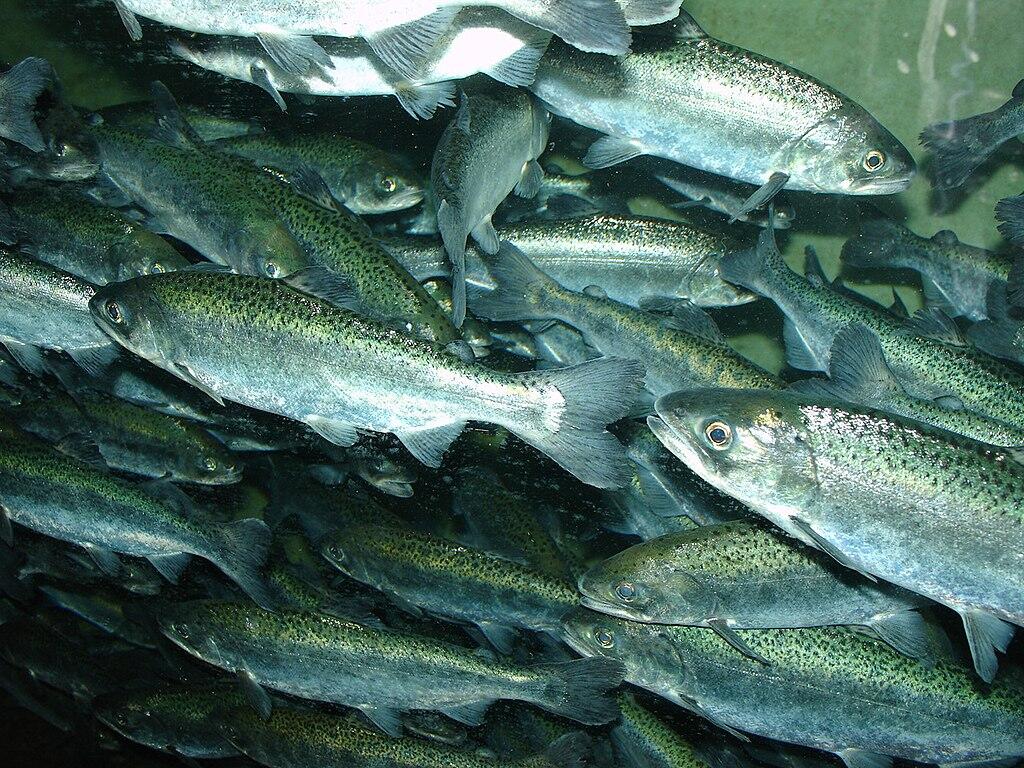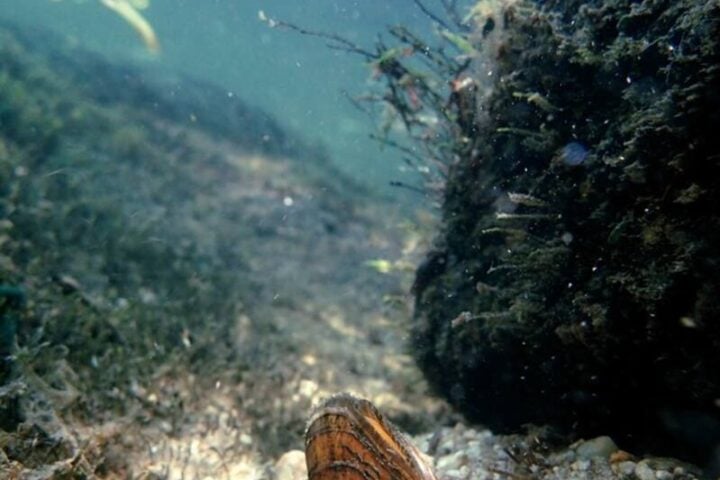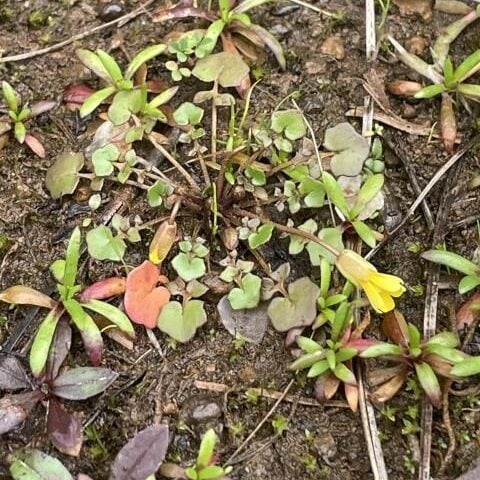A moment defined as a watershed moment for California’s water management came, as the Newsom administration has proposed new rules for drawing water from the Central Valley’s Delta. The proposal is backed by $2.4 billion from public funds, with an additional $500 million potentially needed. This project aims to restore rivers and support the depleted Chinook salmon populations by 2050. Yet, environmental experts express serious doubts about its effectiveness.
The administration’s “Healthy Rivers and Landscapes” program would regulate water flows for fish while mandating restoration of structural habitat, including floodplains, tidal marshes, and spawning beds over the span of eight years. Of the proposed 45,000 acres, approximately 30,000 acres would be new additions to the ecosystem.
“This is progress,” says Chuck Bonham, director of the California Department of Fish and Wildlife. “It’s gone on so long. It’s time.”
The proposal allocates between 100,000 and 700,000 acres of water annually to the Sacramento River system, varying with precipitation levels. The Bay Delta Water Quality Control Plan was last overhauled in 1995.
Environmental Groups Sound Alarm
Jon Rosenfield, science director with San Francisco Baykeeper, delivers a stark assessment: “There is no way the assets they’ve put on the table, water and habitat combined, are going to achieve the doubling goal—no way, not possible.”
Environmental groups argue the rules would allow cities and farms to draw excessive water from the Delta and its tributary rivers, potentially leading to river dewatering during droughts. Gary Bobker, Director of Friends of the River’s program, states plainly: “If you’re diverting more than half of a river’s flow, you are guaranteeing negative population growth” of salmon.
Competing Arguments to the Plan
The proposal has faced criticism for excluding tribal voices from planning discussions. “The only people that have been at the table talking about the voluntary agreements are water agencies, water contractors, irrigation districts, and private companies,” says Gary Mulcahy, government liaison for the Winnemem Wintu Tribe.
Regina Chichizola, executive director of Save California Salmon, emphasizes the cultural stakes: “We’ve compromised so much that we’re facing an extinction crisis, that tribes don’t have fish for ceremonies.”
The rules would significantly impact agricultural operations as well. Thaddeus Bettner, executive director of the Sacramento River Settlement Contractors, indicates up to 30% of his district’s 450,000 irrigated acres could be forced out of production.
Metropolitan Water District’s Nina Hawk, representing 19 million Southern California residents, supports the proposal: “It is important that we try to balance what the state board defines as beneficial uses… both for the environment and for farms.”
More Stories
Federal Oversight and Timeline
The National Marine Fisheries Service expressed concern about the eight-year implementation timeframe “given the dire status of native fish species within the Sacramento River Basin and Delta.” in a January letter.
The EPA noted potential inadequacies in Delta inflow and outflow volumes, particularly during critically dry years.
The State Water Resources Control Board could vote on the rules in 2025. Their alternative option would require minimum flows averaging 55% of total available watershed water.
Carson Jeffres, UC Davis fish biologist, suggests success depends on officials’ “courage to be nimble and adjust and adapt if it looks like things aren’t going as planned.
“As California grapples with competing water demands, the survival of its iconic salmon hangs in the balance. The state’s ability to implement effective water management while preserving essential ecosystems will determine the future of these vital species.








![Representative Image: European Starling [49/366]. Photo Source: Tim Sackton (CC BY-SA 2.0)](https://www.karmactive.com/wp-content/uploads/2025/04/Starlings-Drop-82-in-UK-Gardens-as-Birdwatch-2025-Reveals-Record-Low-Count-Since-1979-720x480.jpg)









